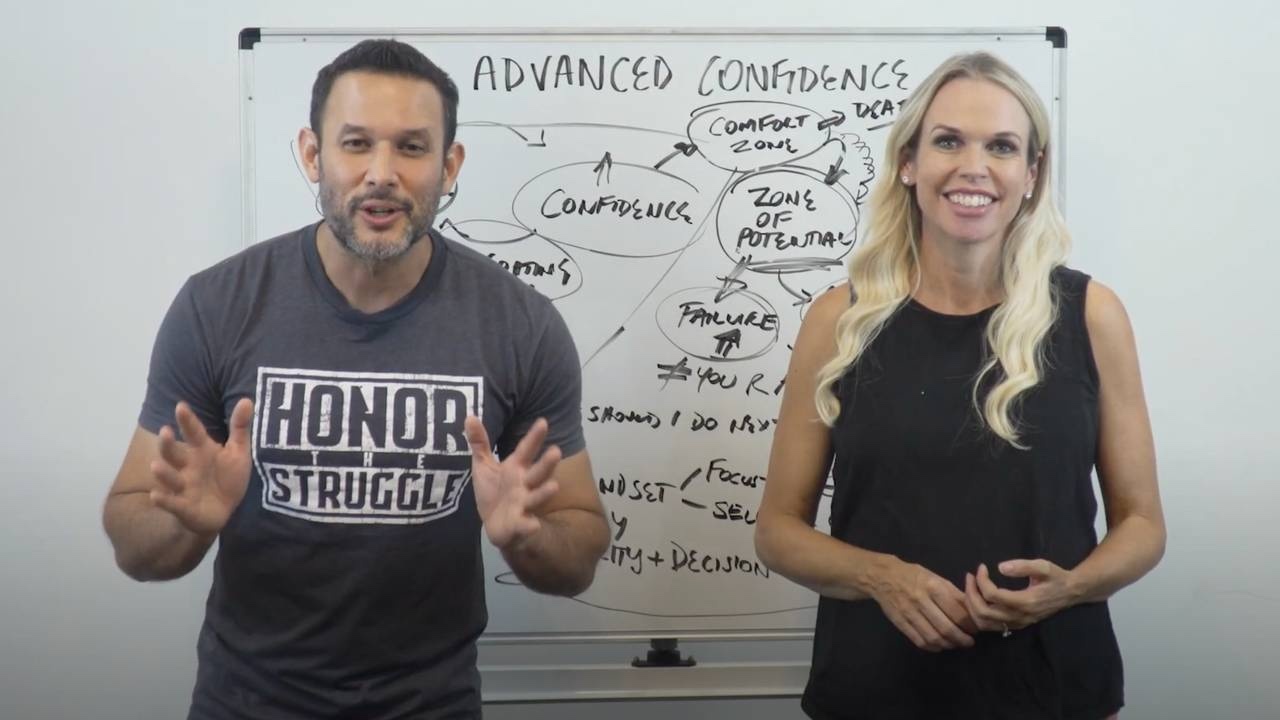Confidence in The Consult Room

Confidence is a skill that you have to keep working on, it is like a muscle that needs consistently building and a commitment to step outside of your comfort zone ... the place where we become stagnant and into your ZONE of POTENTIAL as this is where growth and development occurs.
Now, in this zone you will fail and make more mistakes, however it is only through these learning opportunities that you will achieve the confidence and competence you want for a successful and satisfied career.
So let's look at a scenario .. you are in the consultation room and you see something for the first time, or do not know what is going on with a patient. You don’t feel confident in what to do next.
If you struggle with imposter syndrome the “expert” persona kicks in here. But, remember, vulnerability not equal failure. You do not need to know everything in order to be a good vet. If you don’t know the answer right away, it doesn’t diminish your talent and knowledge .. it just means you don’t know something. So first think who can you ask, where can you look to help you find the answers- a textbook, a course, or a mentor to get better in certain areas. A really good strategy is: To Learn what you need to learn, when you need to learn it. It’s impossible to know everything all of the time, so believe in your ability to figure it out.
Get comfortable discussing your cases with others- take a team approach. We will rarely have a case come through that we don’t chat about. Someone else might think of something you haven’t. On the flip side- be curious about other peoples cases. Don’t just learn from your own experience, learn from others as well.
Think about your confident body in the consultation room. What is your body language saying about you. ... your posture, your tone of voice, your eye contact. Clients assume you are clinically competent- that is why they are in your consultation room. What they are looking from you is certainty. Certainty that you are the right person to help them with their pet today. You don’t need the answer straight away, you just need to reassure them that they are in the best place, and their pet will get the best care.
Most of the time you won’t have clarity about what the diagnosis is when in the consult room- there are very few things you can diagnose from just an initial physical exam. Instead get clear on what the key problem is right now- first you take a comprehensive history and do a thorough physical exam.
When you have that, then look at how you are going to help the pet feel better- IV fluids, pain relief and secondly how you are going to investigate the underlying problem. We have 3 main diagnostics at our disposal- bloods, x-rays and ultrasound. Which one are going you going to do first that is most likely to give you an answer based on your history and physical exam?
Accept that you wont always get it right or perfect- that happens- you can’t let a fear of making a mistake hold you back from doing the best you can for that pet with the information you have. And if you do make a mistake- think what did I learn? How can I do better next time? What did I do right?
It is always in the mistakes and missed things that learning and growth occurs, so embrace that it is part of the process of mastery.
To watch this part of our live training for FREE, click here! This was taken from our Advanced Confidence Live Training.
To join click here https://www.vetsuccessacademy.com/performance

